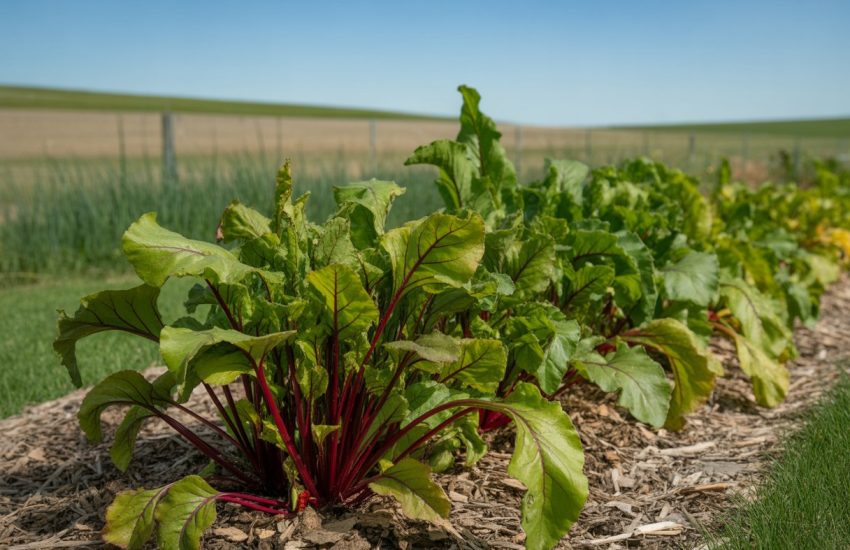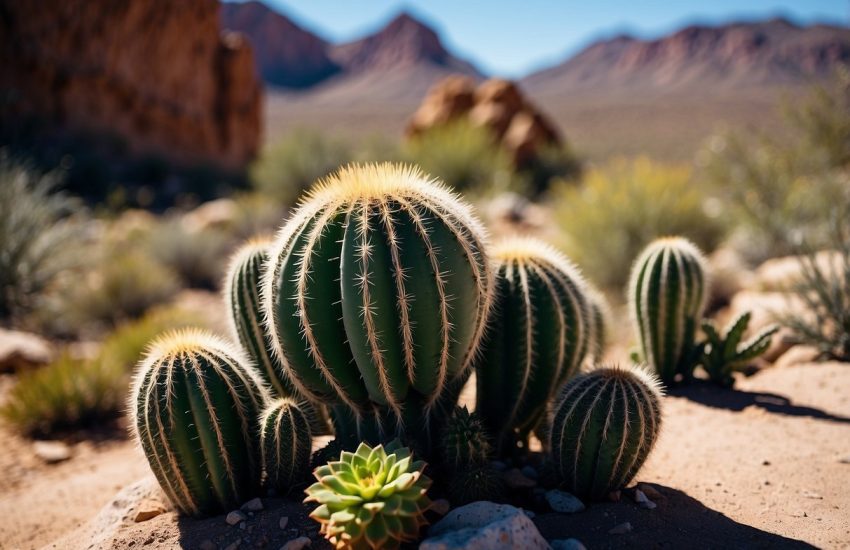Birch Trees in Maine: A Guide to Identification and Habitat
Birch trees are a ubiquitous sight in the Maine landscape. These trees are known for their striking white bark, which peels off in thin, papery layers. They can be found in a variety of habitats, from wetlands to upland forests, and are an important part of the state’s ecosystem.

Maine’s birch trees are not only visually stunning, but they also play a crucial role in supporting local wildlife. The bark of the birch tree provides an important source of food for a variety of animals, including moose, deer, and snowshoe hares. In addition, the tree’s leaves are a favorite food of caterpillars, which in turn provide sustenance for birds and other insect-eating creatures.
Despite their importance, birch trees in Maine face a number of challenges. Climate change, invasive species, and development all threaten the health and well-being of these iconic trees. It is important to understand the role that birch trees play in Maine’s landscape and to work to protect them for future generations to enjoy.
Biology and Species of Maine’s Birch Trees

Identifying Birch Species in Maine
Maine is home to several species of birch trees, including the paper birch (Betula papyrifera), yellow birch (Betula alleghaniensis), white birch (Betula populifolia), gray birch (Betula cordifolia), black birch (Betula lenta), and sweet birch (Betula lenta). These birch trees can be identified by their unique physical characteristics such as their leaves, bark, flowers, and fruit.
Physical Characteristics of Birch Trees
Birch trees are deciduous trees with simple, alternate leaves that are typically triangular or ovate in shape. The leaves of birch trees are typically serrated and have a pointed tip. Birch trees have a distinctive bark that varies in color from white to gray to black. Most birch trees have a white bark that peels off in thin, papery layers, revealing dark lenticels underneath.
Birch trees produce flowers in the form of catkins, which are long, cylindrical clusters of small flowers. These flowers are typically greenish-yellow in color and appear in the spring. Birch trees also produce fruit in the form of nutlets or winged seeds that are dispersed by the wind.
Overall, Maine’s birch trees are an important part of the state’s ecosystem and provide both aesthetic and ecological benefits. Their unique physical characteristics make them easy to identify and appreciate, and their role in the food web and carbon cycle make them an important species to protect and conserve.
Habitat and Growing Conditions

Soil and Sunlight Requirements
Birch trees in Maine prefer moist soil that is well-draining and slightly acidic. They grow best in full sun, but can also tolerate partial shade. Birch trees have shallow roots, so they require consistent watering during drought periods to prevent stress and damage.
Maine’s Climate and Birch Tree Distribution
Maine’s climate falls into the USDA hardiness zones 3b to 6a, with the northern regions being colder. Birch trees are able to grow in a variety of locations in Maine, including forests, parks, gardens, and landscapes. They are native to the eastern North America region and can be found throughout Maine.
According to the Maine State Map, birch trees are distributed across the state, with the highest concentration in the northern and eastern regions. They are an important component of the state’s natural landscape and are often used in landscaping due to their attractive bark and foliage.
Cultural and Historical Significance

Birch Trees in Native American Culture
Birch trees have played an important role in the culture and traditions of the Wabanaki people, who have inhabited Maine for thousands of years. The Wabanaki people used the bark of the birch tree to create a variety of objects, including canoes, baskets, and even clothing. The bark was also used for medicinal purposes, as it contains compounds that have anti-inflammatory and pain-relieving properties.
The birch bark canoe was a particularly important creation, as it allowed the Wabanaki people to navigate the rivers and lakes of Maine with ease. These canoes were lightweight, durable, and could be easily repaired by replacing damaged sections of bark. The Wabanaki people also used birch bark to create shelters, which were known as wigwams.
Uses of Birch in Maine’s History
Early settlers in Maine quickly recognized the value of birch trees, and began using them for a variety of purposes. Birch wood was used to create furniture, flooring, and turned products such as bowls and utensils. The bark was also used to make paper, as it contains a high concentration of cellulose.
In the early 20th century, the pulp and paper industry became a major economic force in Maine. Birch trees were harvested for their pulp, which was used to create paper products such as newspapers, magazines, and books. Today, the pulp and paper industry remains an important part of Maine’s economy.
Birch trees have also been used for more everyday purposes, such as firewood, toothpicks, and clothespins. Birch syrup, which is made by tapping the trees in a similar manner to maple syrup, has become a popular local product in recent years.
Overall, the cultural and historical significance of birch trees in Maine cannot be overstated. From their important role in the traditions of the Wabanaki people, to their use in the early days of settlement, to their continued importance in the state’s economy, birch trees have played a vital role in Maine’s history and culture.
Conservation and Challenges

Threats to Birch Tree Populations
Birch trees are susceptible to various diseases and pests that can significantly impact their populations. One of the most significant threats is the bronze birch borer, a beetle that burrows into the tree’s bark and disrupts the flow of water and nutrients. Other pests, such as the birch leafminer and aphids, can also cause damage. In addition, birch trees are vulnerable to fungal diseases, including birch dieback and leaf spot.
Best Practices for Birch Tree Care
To preserve birch tree populations, it is essential to take proper care of them. The following are some best practices for birch tree care:
- Pruning: Regular pruning can help keep birch trees healthy and prevent the spread of diseases. Dead or diseased branches should be removed promptly, and pruning should be done during the dormant season.
- Mulching: Mulching around the base of the tree can help retain moisture, regulate temperature, and prevent weeds from growing. However, care should be taken not to pile mulch against the tree’s trunk, as this can lead to rot.
- Watering: Birch trees require consistent moisture, especially during dry periods. It is best to water deeply and infrequently, rather than shallowly and frequently.
- Fertilizing: Birch trees benefit from fertilization, but care should be taken not to over-fertilize, as this can lead to excessive growth and weaken the tree.
- Disease and pest control: Regular inspections for pests and diseases can help catch problems early and prevent their spread. Chemical treatments should be used sparingly and only as a last resort.
By following these best practices, individuals and communities can help conserve birch tree populations and ensure their health and longevity.


